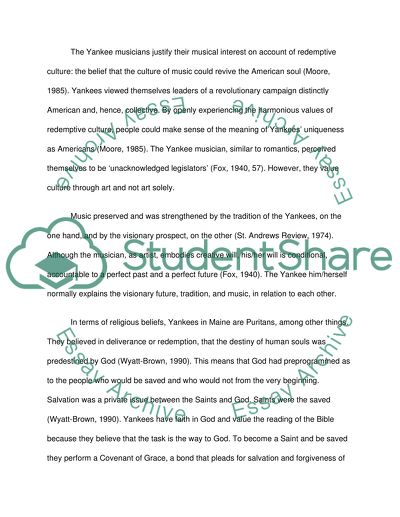Cite this document
(“DIVERSITY & INCLUSION Research Paper Example | Topics and Well Written Essays - 1750 words”, n.d.)
Retrieved from https://studentshare.org/family-consumer-science/1409471-diversity-inclusion
Retrieved from https://studentshare.org/family-consumer-science/1409471-diversity-inclusion
(DIVERSITY & INCLUSION Research Paper Example | Topics and Well Written Essays - 1750 Words)
https://studentshare.org/family-consumer-science/1409471-diversity-inclusion.
https://studentshare.org/family-consumer-science/1409471-diversity-inclusion.
“DIVERSITY & INCLUSION Research Paper Example | Topics and Well Written Essays - 1750 Words”, n.d. https://studentshare.org/family-consumer-science/1409471-diversity-inclusion.


